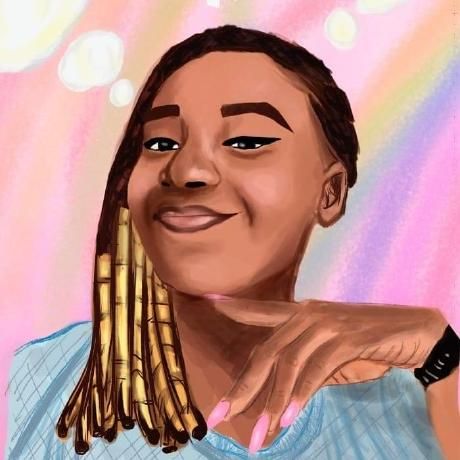159 reads
Creating an Immersive AR Experience: Lessons From a Hackathon
by
February 17th, 2023
Audio Presented by

I ✍🏽 write about tech communities, tips 'n hacks I've gathered on my 👣 tech journey ✨
Story's Credibility

About Author
I ✍🏽 write about tech communities, tips 'n hacks I've gathered on my 👣 tech journey ✨